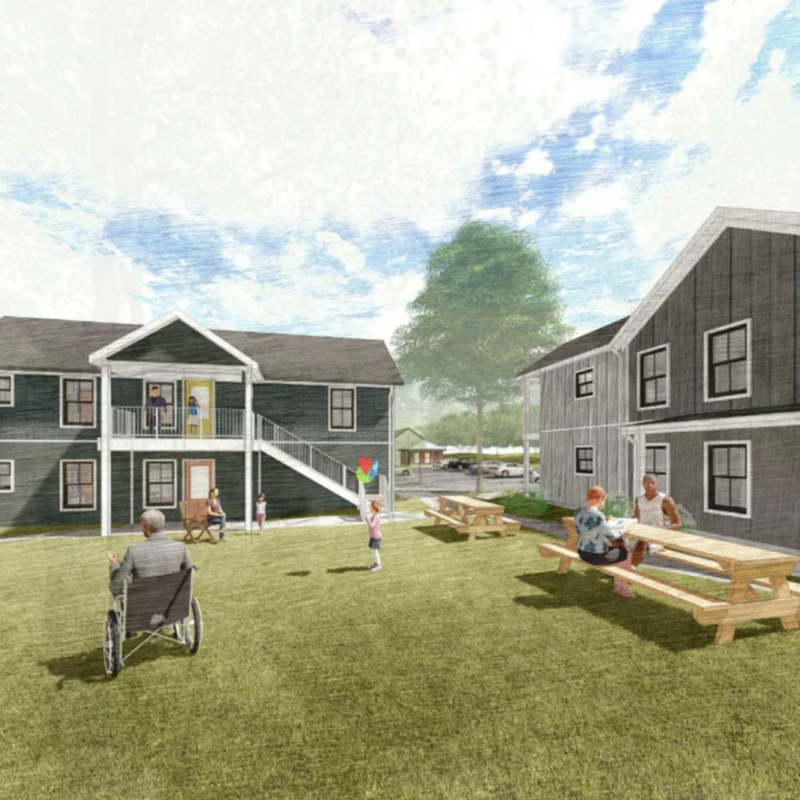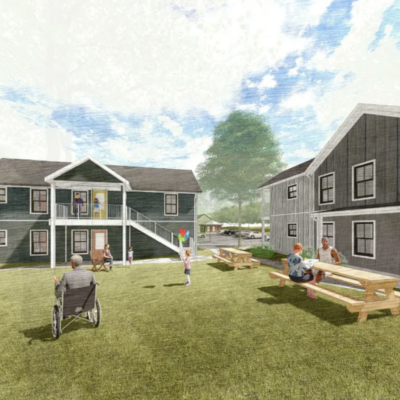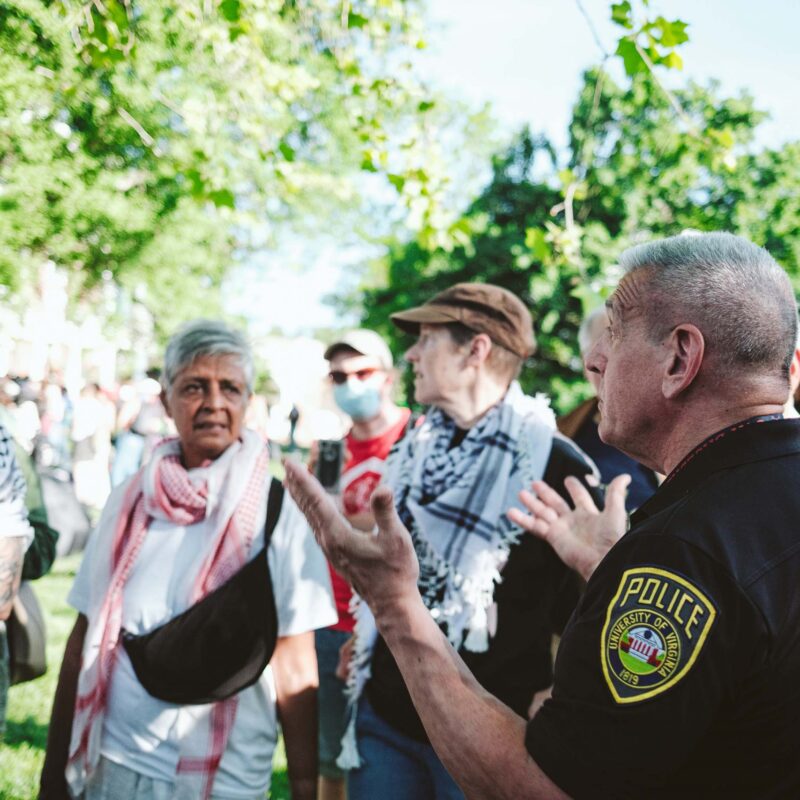During the 1960s, city planners and developers bulldozed hundreds of predominately African-American communities across the nation to make way for freeways, public buildings and private development. Such projects were grouped under the name “urban renewal,” though they displaced thousands of citizens nationwide. Charlottesville’s Vinegar Hill was one of those communities.

Maurice Cox, UVA architecture professor and former mayor, spoke on the psychological effects of so-called urban renewal. On Monday, the National Endowment for the Arts announced Cox’s new role as the Director of Design. His projects with the endowment will include overseeing the Mayors’ Institute on City Design and the Governors’ Institute on Community Design.
|
Dr. Mindy Thompson Fullilove, a professor of clinical psychiatry and public health at Columbia University, spoke at the UVA School of Medicine on October 3 about the physical and emotional impact of these projects on the people displaced. She called it “Root Shock,” the destruction of one’s known world. Maurice Cox, associate professor of architecture and former mayor and, as was announced at press time, new Director of Design for the National Endowment for the Arts, spoke following Fullilove.
“Urban renewal echoes and reverberates” into the present, said Fullilove in her presentation. “Our cities are fractured. They’re not full of cancer. Metaphors of cancer and blight have been horrible metaphors to work with.”
In the mid ‘60s, the 20-acre area of Vinegar Hill was razed, displacing families and dozens of businesses. Much of that community was moved to public housing in Westhaven, located in a little-accessible nook between 10th and West Main streets. “The loss of memory and identification still plagues us,” Cox said to the crowd of UVA students.
When Westhaven was built, Cox said during the presentation, the land was graded down nearly 20′ so that the housing complex could not be seen from West Main Street. “It’s interesting because we don’t tend to think of topography as sending any kind of social message,” says Cox. “But the idea that you are on West Main Street and the slope moves slowly and gently down…they specifically created a cavern that allowed the houses that were located there to disappear.”
Even now, there’s little indication of Westhaven to West Main Street passers-by or to people eating at the street’s many restaurants. Meanwhile, what was once the center of Charlottesville’s African-American community is currently awaiting the construction of a nine-story condo that City Council approved last month. While the city will receive $300,000 in proffers for affordable housing from the developers, Cox says the city missed the opportunity to integrate a wide range of affordable housing.
“You’ve got the proffers, but as far as we know, they’ll be used off-site,” he says. “The real opportunity for this to be understood as a success would be the full reintegration of people who need affordable housing in the context of this market-rate project.” Cox’s new gig will give him a chance to spread the word to leaders in other cities, too. Among his NEA duties: to oversee the Mayors’ Institute on City Design.
C-VILLE welcomes news tips from readers. Send them to news@c-ville.com.





